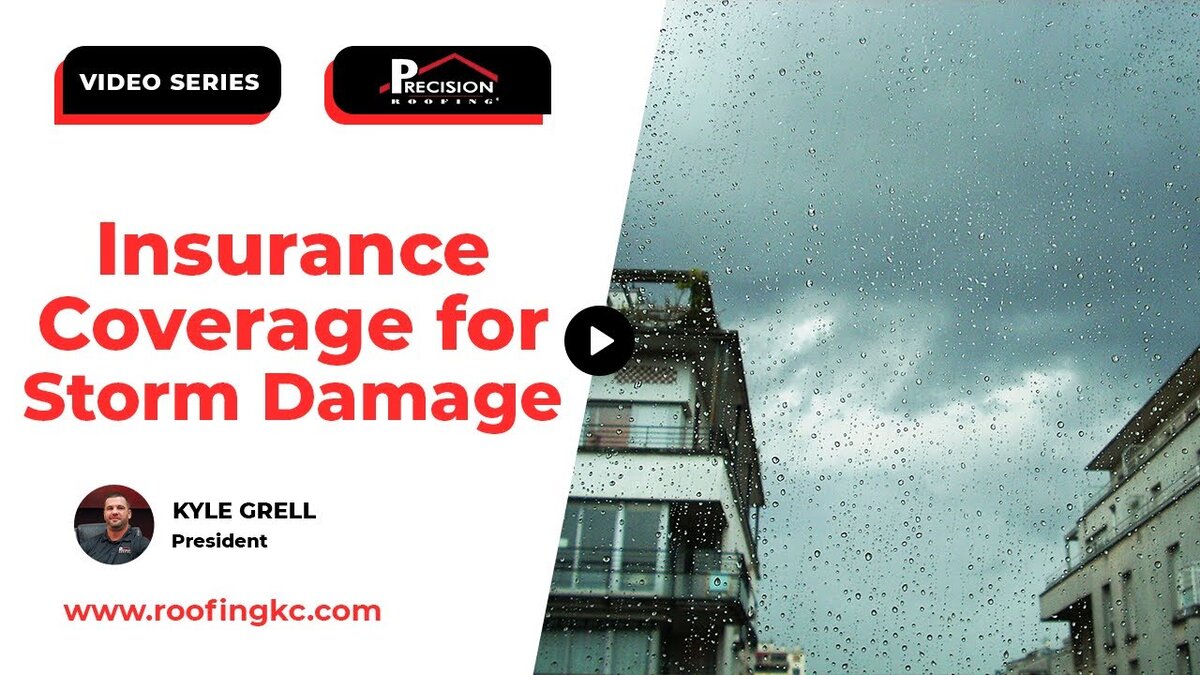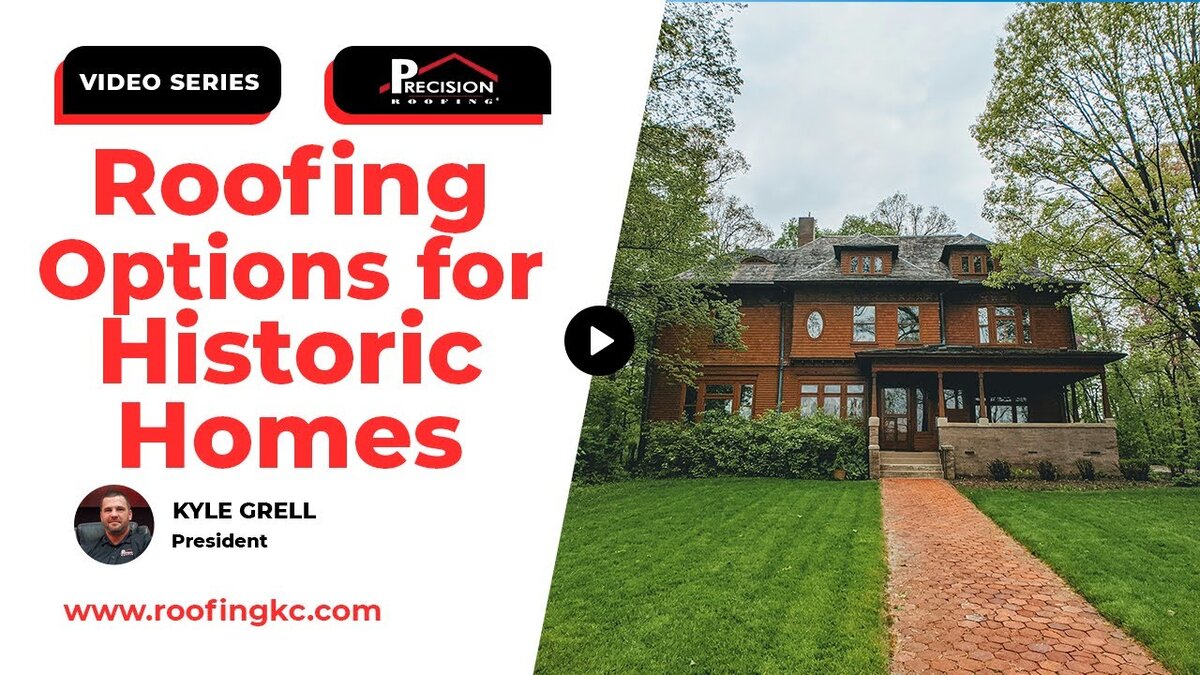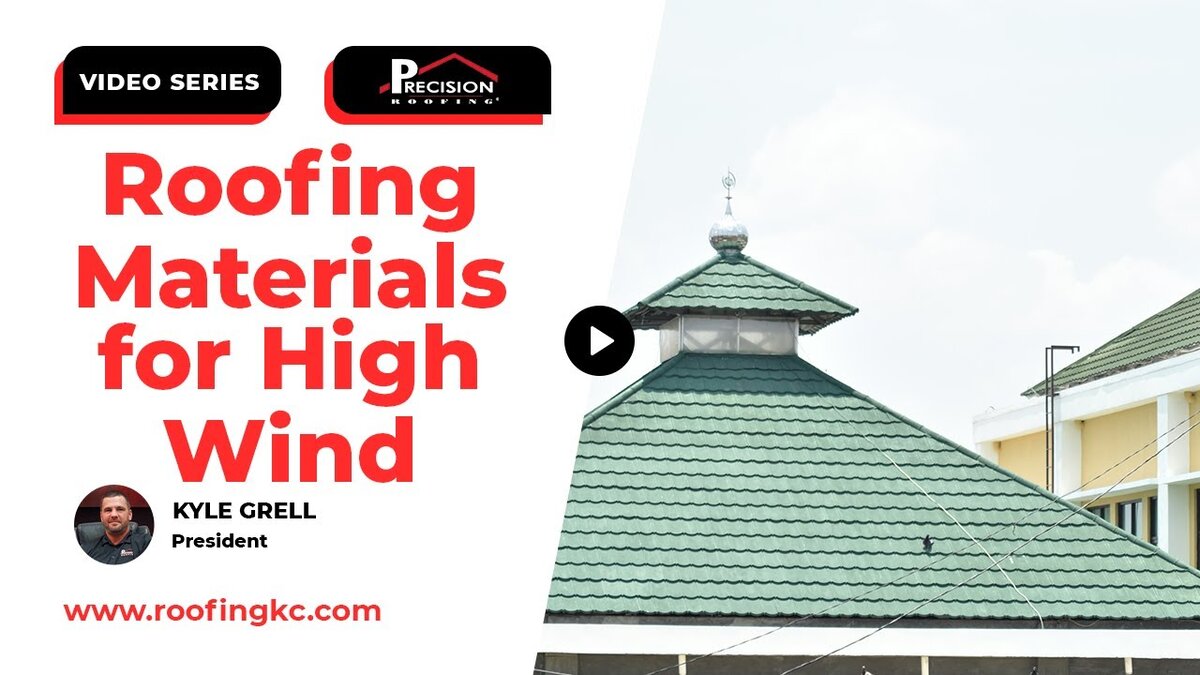If your attic traps heat and moisture, it can shorten your roof’s lifespan, increase energy costs, and lead to mold or structural damage. Proper attic ventilation prevents these issues by regulating airflow and maintaining a balanced temperature year-round.
In this guide, we’ll explain how attic ventilation works, its benefits, and what to do if your home needs better airflow.
Why Attic Ventilation Matters
Attic ventilation ensures that air circulates properly through the attic space, preventing heat and moisture buildup. Without adequate airflow, hot air can get trapped in the attic during summer, while moisture can accumulate during winter, leading to serious roofing issues. A well-ventilated attic works as a system, pulling in cooler air from the soffits and pushing out warm air through ridge vents at the roof’s peak. This continuous airflow helps regulate temperature and moisture levels.
How Attic Ventilation Works
Attic ventilation relies on two primary components:
- Soffit Vents: These are located at the bottom of the roof, under the eaves. They allow cooler air to flow into the attic.
- Ridge Vents: Positioned at the peak of the roof, ridge vents allow warm air to escape, completing the airflow cycle.
When this system functions correctly, it reduces heat buildup in the summer and prevents moisture problems in the winter. Poor ventilation can lead to stagnant air, which encourages mold, mildew, and wood rot—all of which can severely damage your home.
Proper ridge and soffit ventilation work together by circulating air inside the attic. Cooler air is pulled from the soffits, while the hotter air is pushed out through the ridge vents. This airflow helps prevent common issues like stagnant air and excessive heat buildup.
Benefits of Proper Attic Ventilation
We always stress to our customers that proper attic ventilation isn’t just about keeping your attic cooler; it has several long-term benefits that impact your roof’s performance and your home’s energy efficiency. Here are some key benefits:
- Prevents Shingle Blistering: Hot air trapped in the attic can cause your shingles to blister and bubble over time. This damages their integrity and shortens their lifespan.
- Reduces Moisture Build-Up: Moisture buildup in the attic can lead to mold growth and wood rot. Proper ventilation helps keep the attic dry, preventing these issues.
- Extends Roof Lifespan: By regulating temperature and moisture, proper attic ventilation helps maintain the structural integrity of the roof, extending its lifespan.
- Minimizes Frost Accumulation: During the winter, without proper ventilation, moisture from bathroom exhaust fans or other sources can freeze, creating frost under the decking and on rafters. When it warms up, this frost turns to water, which can lead to rot and structural damage over time.
- Prevents Interior Water Damage: In severe cases, moisture buildup from poor ventilation can cause water to seep through sheetrock, leading homeowners to believe they have a roof leak when it’s actually a ventilation problem.
How It Helps in Different Seasons
- Summer: Attic ventilation prevents excessive heat buildup, which can lead to blistering and warping of shingles.
- Winter: It prevents frost and condensation from forming inside the attic, reducing the risk of moisture damage.
Signs of Poor Attic Ventilation
If you’re unsure whether your attic has adequate ventilation, there are several telltale signs you can watch for:
- Blistered or Warped Shingles: In hot weather, shingles can bubble or blister due to excessive attic heat. Over time, this can lead to shingle blow-off.
- Moisture in the Attic: During colder months, condensation and frost can form under the roof decking if there’s insufficient ventilation. This moisture can eventually seep into your home’s interior.
- Mold or Mildew Smell: A musty odor in your attic often indicates mold growth, which thrives in damp, poorly ventilated spaces.
- Increased Cooling Costs: If your cooling bills seem unusually high, it might be due to poor ventilation causing heat to accumulate in your attic and strain your HVAC system.
Consequences of Poor Attic Ventilation
Neglecting proper attic ventilation can result in serious and costly issues for homeowners. Here’s what can happen when ventilation is inadequate:
- Shingle Damage: Repeated heat exposure can cause shingles to become brittle, leading to cracks and blow-offs.
- Roof Rot: Excess moisture can lead to wood rot, compromising the structural integrity of your roof and necessitating costly repairs.
- Interior Water Damage: In extreme cases, moisture buildup can penetrate through the attic and cause water stains or damage to your ceilings and walls.
- Reduced Insulation Efficiency: Moisture can also reduce the effectiveness of your attic insulation, making it harder to maintain comfortable indoor temperatures.
Adding Ventilation to Existing Homes
If your home lacks proper ventilation, don’t worry—it can be added. We often work with homeowners who have older homes with little or no ventilation. Depending on your roof’s design, we can install soffit vents, ridge vents, or even attic fans to improve airflow. Adding ventilation is a straightforward process, and it can make a significant difference in your roof’s performance.
Steps for Adding Ventilation:
- Inspection: We start by inspecting your attic and roof to determine the current ventilation status and identify problem areas.
- Vent Installation: Based on your roof’s design, we install the appropriate vents (soffit vents, ridge vents, or gable vents) to create a balanced airflow system.
- Testing and Adjustment: Once installed, we check the airflow to ensure the system works as intended.
In Summary
Attic ventilation is a crucial component of your roof’s overall performance. Proper ventilation helps prevent shingle damage, reduces moisture buildup, and extends the lifespan of your roof. If you suspect that your home lacks adequate ventilation or notice signs of poor airflow, don’t hesitate to reach out. Our team of experts are always here to help!




